Some places on Earth seem to pulse with an energy that goes beyond their physical beauty. These aren’t just tourist destinations or historical landmarks—they’re locations where ancient wisdom, natural wonder, and human creativity collide in ways that leave visitors genuinely awestruck.
Walking through these spaces feels like stepping into a different world entirely, one where time moves differently and the ordinary rules of life seem temporarily suspended. These 16 UNESCO sites stand out for their ability to evoke a sense of wonder that feels almost supernatural.
Here is a list of 16 UNESCO sites that possess an undeniable magic, each offering visitors an experience that lingers in memory long after the journey home.
Machu Picchu
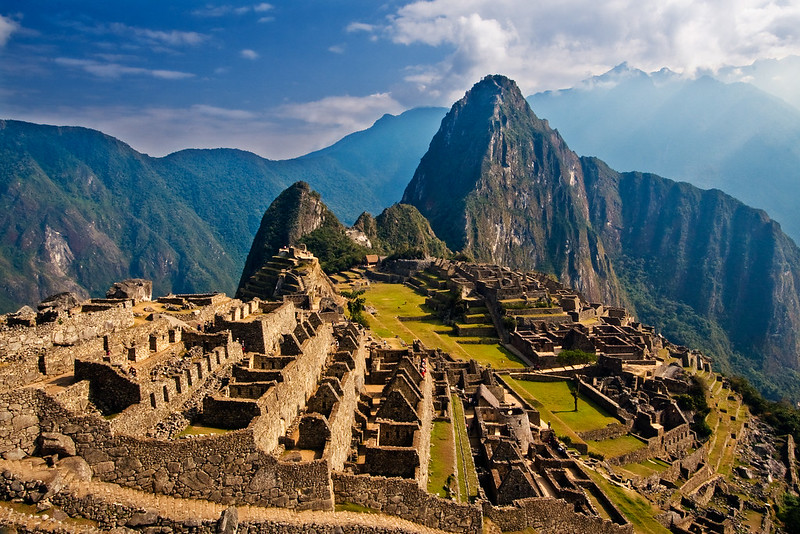
Peru’s ‘Lost City of the Incas’ sits 7,970 feet above sea level, wrapped in cloud forest that seems to breathe with the morning mist. The precision of its stone construction defies explanation—massive granite blocks fit together so perfectly that you can’t slide a knife blade between them.
When sunrise breaks over the Huayna Picchu peak and illuminates the terraced ruins, the ancient city appears to glow from within. Standing among these 500-year-old structures, it’s easy to understand why the Incas believed this mountain ridge was sacred ground.
Angkor Wat

Cambodia’s temple complex stretches across 400 acres of jungle, creating a stone universe where Hindu and Buddhist cosmology come alive in carved relief. The main temple rises like a mountain made of sandstone, its five towers representing the peaks of Mount Meru, the center of the universe in Hindu mythology.
Ta Prohm temple offers perhaps the most mystical experience, where massive silk cotton trees have grown through the structures over centuries, their roots embracing ancient walls like nature reclaiming its territory. Walking these corridors at dawn, with golden light filtering through twisted branches, feels like discovering a secret that the forest has been keeping for generations.
Like Travel Pug’s content? Follow us on MSN.
Petra
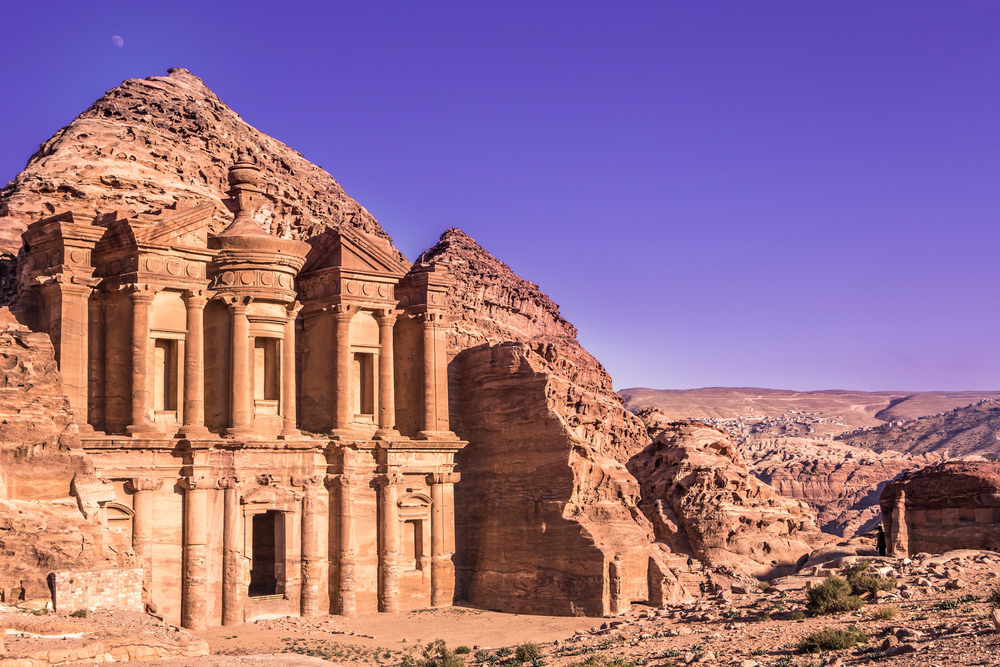
Jordan’s ‘Rose City’ emerges from red sandstone cliffs like something conjured by ancient sorcerers rather than carved by human hands. The Treasury facade, standing 130 feet tall and decorated with intricate Hellenistic details, appears suddenly at the end of the narrow Siq canyon, creating one of archaeology’s most dramatic reveals.
The Nabataeans who built this trading hub over 2,000 years ago understood theater—they designed their city to surprise and overwhelm visitors at every turn. As afternoon light plays across the pink and orange rock faces, the entire city seems to shift colors like a living gemstone.
Stonehenge
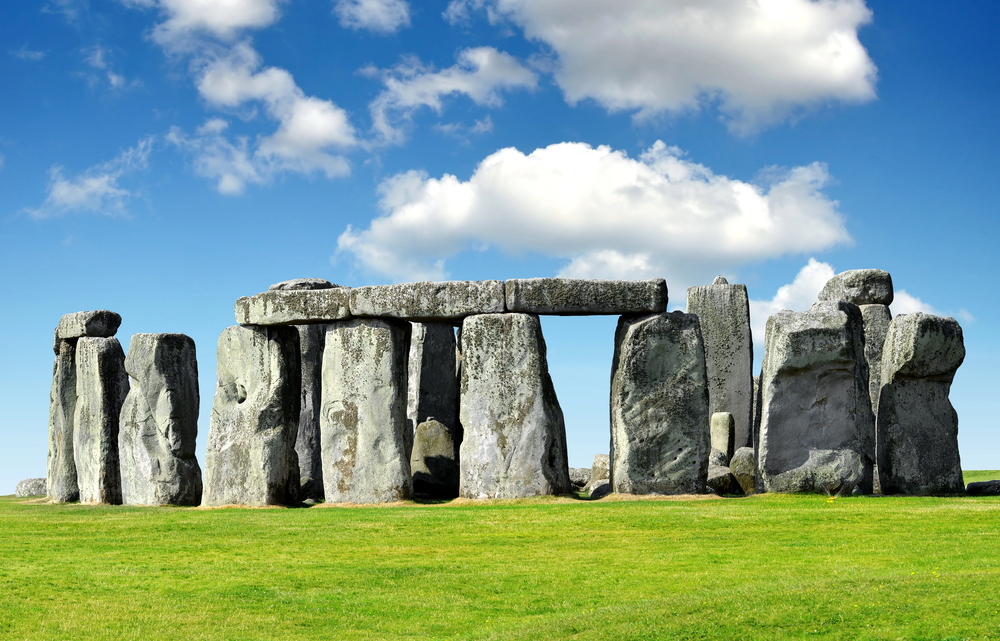
England’s prehistoric stone circle continues to puzzle archaeologists and captivate visitors nearly 5,000 years after its construction. The massive trilithons (two vertical stones topped by a horizontal lintel) frame the horizon in ways that align perfectly with solar and lunar events, suggesting our ancestors possessed sophisticated astronomical knowledge.
During the summer solstice, when thousands gather to watch the sun rise directly over the Heel Stone, the monument transforms from ancient mystery into active sacred space. The fact that these 25-ton sarsen stones were transported from quarries 20 miles away using Bronze Age technology only deepens the sense of wonder.
Easter Island

Chile’s remote Rapa Nui sits 2,300 miles from the nearest populated land, making it one of the most isolated inhabited islands on Earth. The 887 moai statues that dot the landscape stand like sentinels guarding secrets from a vanished civilization, their oversized heads and stoic expressions creating an atmosphere of profound solitude.
Many visitors report feeling watched as they explore the island, and it’s hard to shake the sensation that these stone figures are more than mere sculptures. The largest moai weighs 82 tons and stands 33 feet tall, achievements that seem impossible for a society with no written language, no wheeled vehicles, and no large animals.
Like Travel Pug’s content? Follow us on MSN.
Mont-Saint-Michel
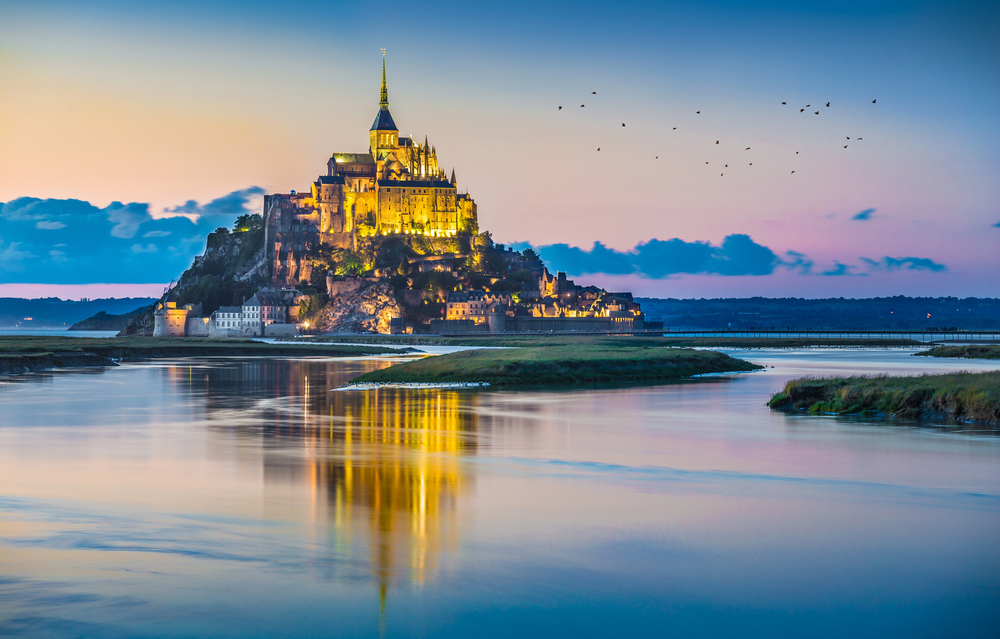
France’s tidal island transforms twice daily as the sea retreats and returns, creating a natural drama that has mystified pilgrims for over 1,000 years. The Gothic abbey perched atop this rocky outcrop appears to float on water during high tide, its spires reaching toward heaven while its foundations remain firmly anchored to earth.
Medieval architects built the monastery to mirror the celestial hierarchy, with worship spaces ascending level by level toward the abbey church at the summit. When fog rolls in from the Atlantic and wraps around the lower levels, Mont-Saint-Michel truly looks like a vision from another realm.
Borobudur
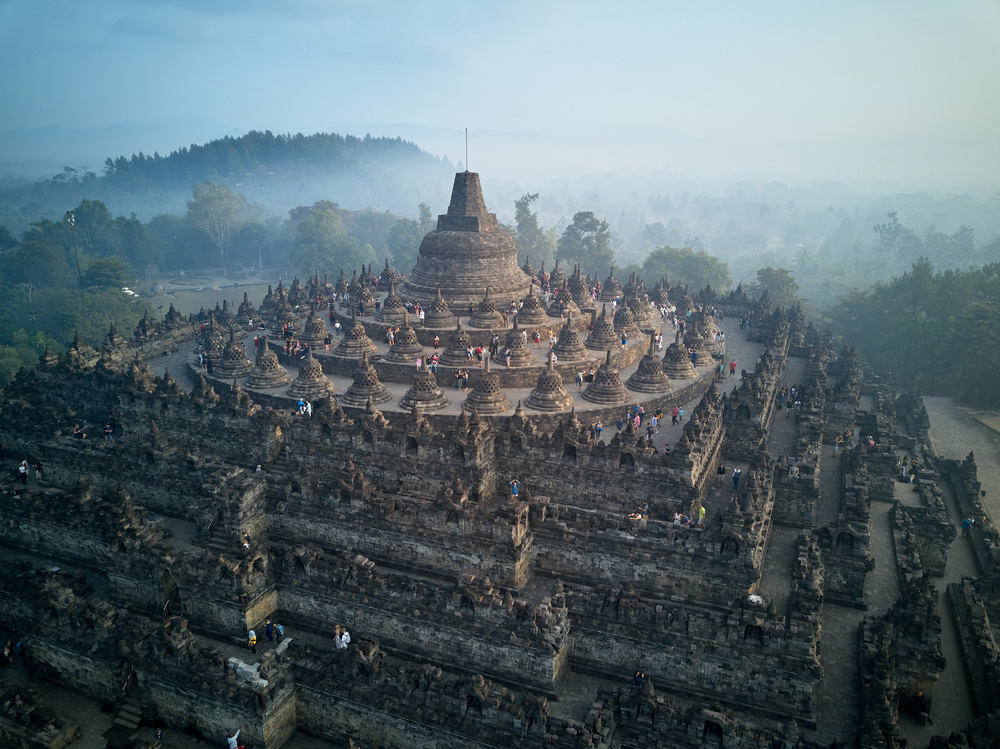
Indonesia’s massive Buddhist monument rises from the Kedu Plain like a stone mandala made three-dimensional, its nine stacked platforms representing the Buddhist path to enlightenment. Each level contains galleries lined with relief panels that tell stories from Buddhist scripture, creating the world’s largest and most complete ensemble of Buddhist reliefs.
The temple’s 2,672 relief panels and 504 Buddha statues guide pilgrims on a spiritual journey that culminates at the circular terraces of the upper levels, where 72 Buddha statues sit in meditation within bell-shaped stupas. Sunrise from Borobudur’s upper terraces, with the volcanoes of central Java silhouetted against the dawn sky, provides one of Southeast Asia’s most transcendent experiences.
Newgrange
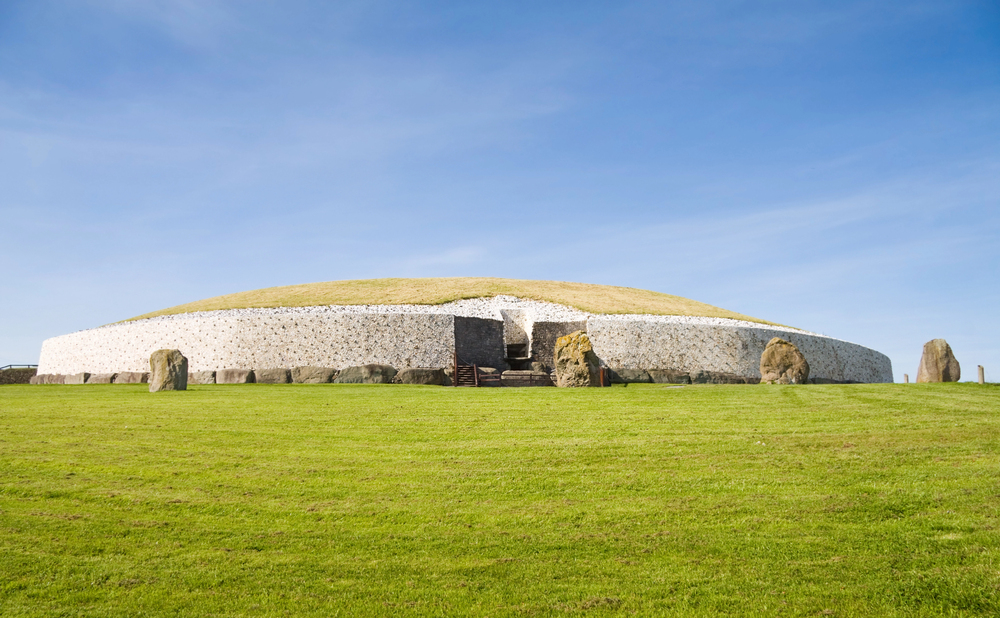
Ireland’s Neolithic passage tomb predates Stonehenge by 500 years and the Egyptian pyramids by 1,000, making it older than most of what we consider ‘ancient’ history. The circular mound, 280 feet in diameter and 40 feet high, contains a passage that leads to a cruciform chamber deep within the structure.
For just 17 minutes during the winter solstice, sunlight penetrates the roof-box above the entrance and illuminates the inner chamber, an astronomical feat that required precise mathematical calculations. Standing inside Newgrange as that golden beam creeps across the floor connects you directly to our ancestors’ understanding of cosmic cycles and their desire to capture celestial events in stone.
Like Travel Pug’s content? Follow us on MSN.
Bagan
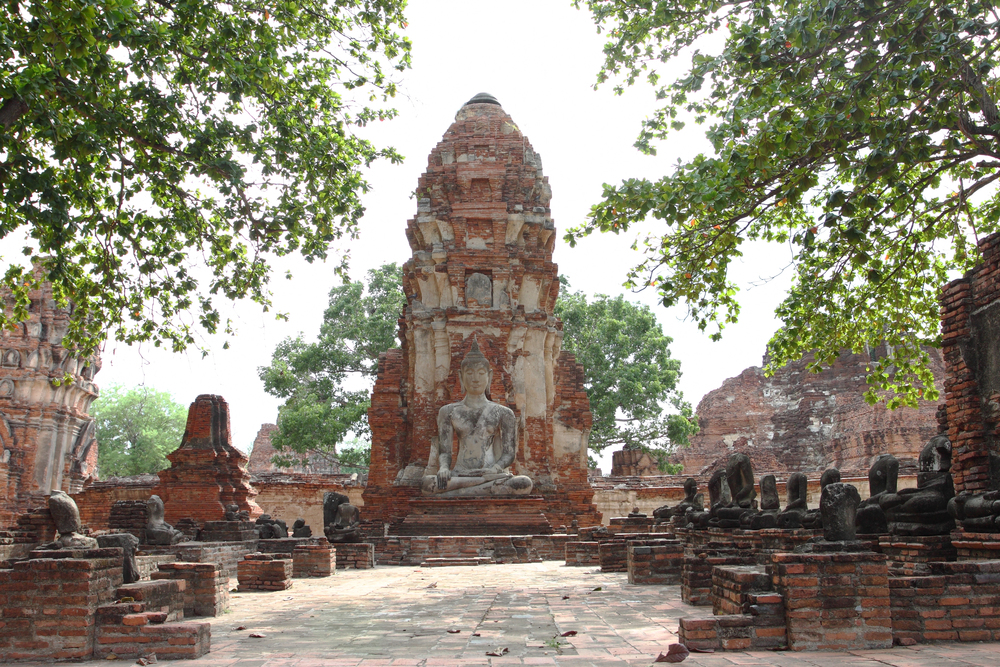
Myanmar’s ancient capital once contained over 10,000 Buddhist temples and pagodas, and even today more than 2,200 remain scattered across 26 square miles of plains along the Irrawaddy River. These aren’t uniform structures—each reflects the architectural vision of its royal or wealthy patron, creating a diverse spiritual landscape built over 250 years of the Pagan Kingdom. Hot air balloon rides at sunrise reveal the full scope of this temple plain, with stupas and spires emerging from morning mist like a city of devotion frozen in time.
The acoustics inside many temples amplify whispered prayers and footsteps, creating an intimate sound environment that makes every visit feel like a private audience with the divine.
Chichen Itza
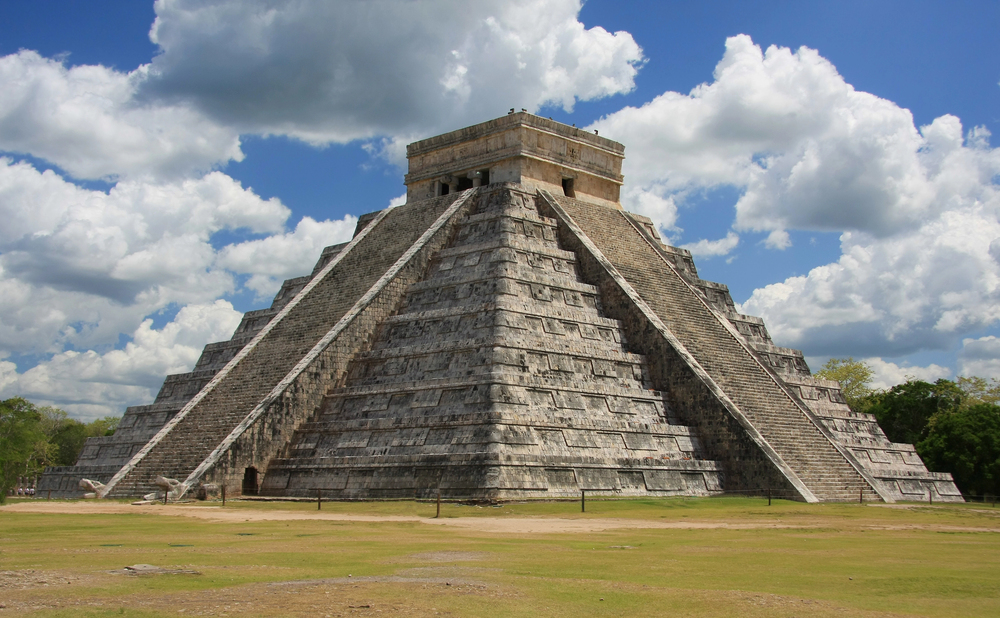
Mexico’s most famous Mayan city showcases the sophisticated astronomical knowledge of pre-Columbian America, most dramatically in the Pyramid of Kukulcan. This 98-foot-tall step pyramid contains 365 steps (including the top platform), representing days in the solar calendar, while its four staircases contain 91 steps each, totaling 364 plus the top platform for 365.
During the spring and autumn equinoxes, the play of light and shadow creates the illusion of a serpent descending the pyramid’s northern staircase, bringing the feathered serpent god Kukulcan to life in stone and sunlight. The Great Ball Court, the largest of its kind in Mesoamerica, produces acoustic effects so precise that a whisper at one end can be clearly heard 500 feet away at the other.
Giant’s Causeway
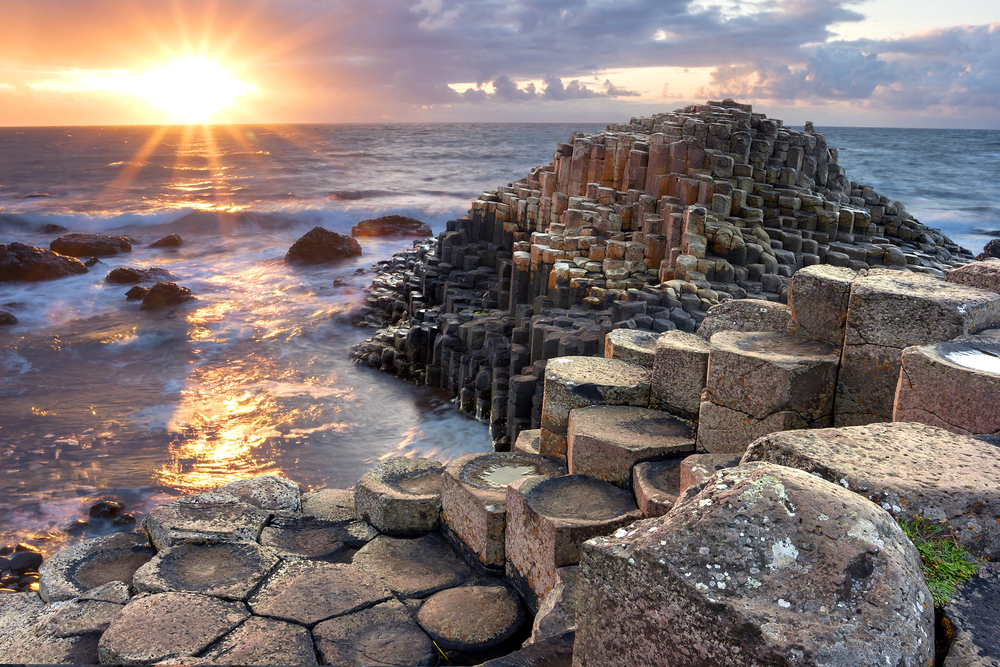
Northern Ireland’s volcanic coastline created one of geology’s most perfect natural sculptures when ancient lava flows cooled and contracted into roughly 40,000 interlocking basalt columns. These hexagonal pillars fit together so precisely that they look manufactured rather than formed by natural processes, stepping down from the cliffs into the North Atlantic like a staircase built for beings much larger than humans.
Local legend attributes the causeway to the giant Finn MacCool, who built it to reach his Scottish rival, and the mathematical precision of the formations makes mythical explanations seem almost reasonable. The columns continue underwater and reappear on Scotland’s Isle of Staffa, creating a geological bridge that spans the sea.
Like Travel Pug’s content? Follow us on MSN.
Delphi

Greece’s ‘navel of the world’ sits on the slopes of Mount Parnassus, where ancient Greeks believed Apollo’s oracle delivered prophecies that shaped the course of history. The sanctuary’s theater and temple ruins occupy a natural amphitheater of stone that seems designed by the gods themselves, with the sacred springs and dramatic mountain backdrop creating an atmosphere of divine presence.
Modern visitors often report feeling unusually contemplative or emotional at Delphi, perhaps responding to the same geological and atmospheric conditions that made ancient Greeks declare this spot sacred. The museum’s bronze Charioteer statue, with his eerily lifelike eyes and mysterious smile, seems to guard secrets that the oracle took to her grave.
Mesa Verde
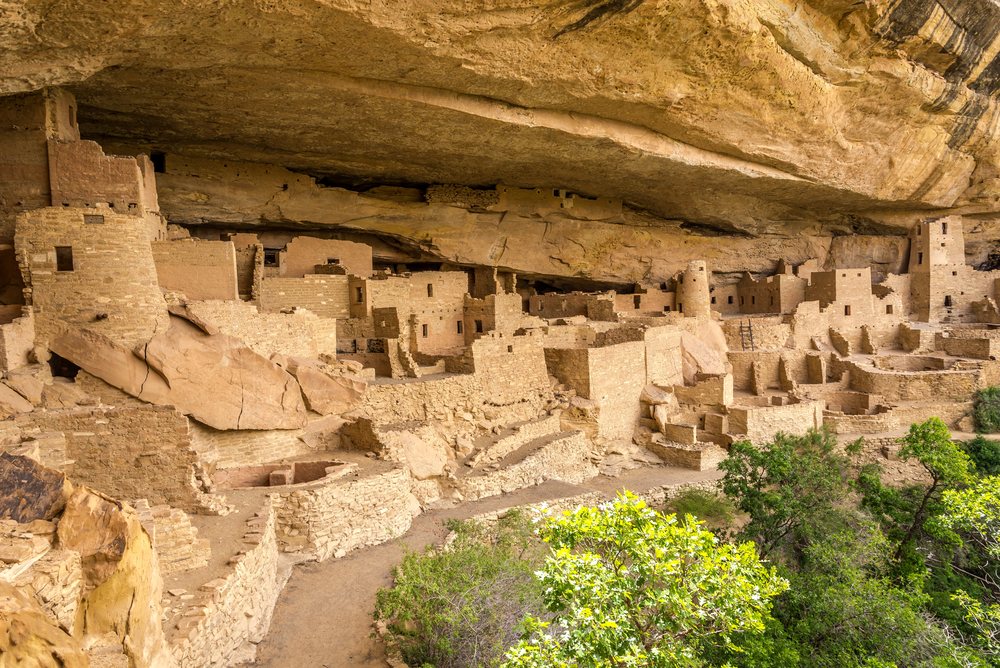
Colorado’s cliff dwellings represent some of North America’s most sophisticated prehistoric architecture, built by the Ancestral Puebloans between 600 and 1300 CE. The largest structure, Cliff Palace, contains 150 rooms and 23 ceremonial chambers called kivas, all constructed within a natural sandstone alcove that provided protection from weather and enemies.
These aren’t primitive shelters—they’re complex communities with sophisticated ventilation systems, storage facilities, and ceremonial spaces that demonstrate advanced architectural knowledge. The abrupt abandonment of these settlements around 1300 CE remains a mystery, leaving behind ghost towns that seem to wait patiently for their residents’ return.
Lalibela
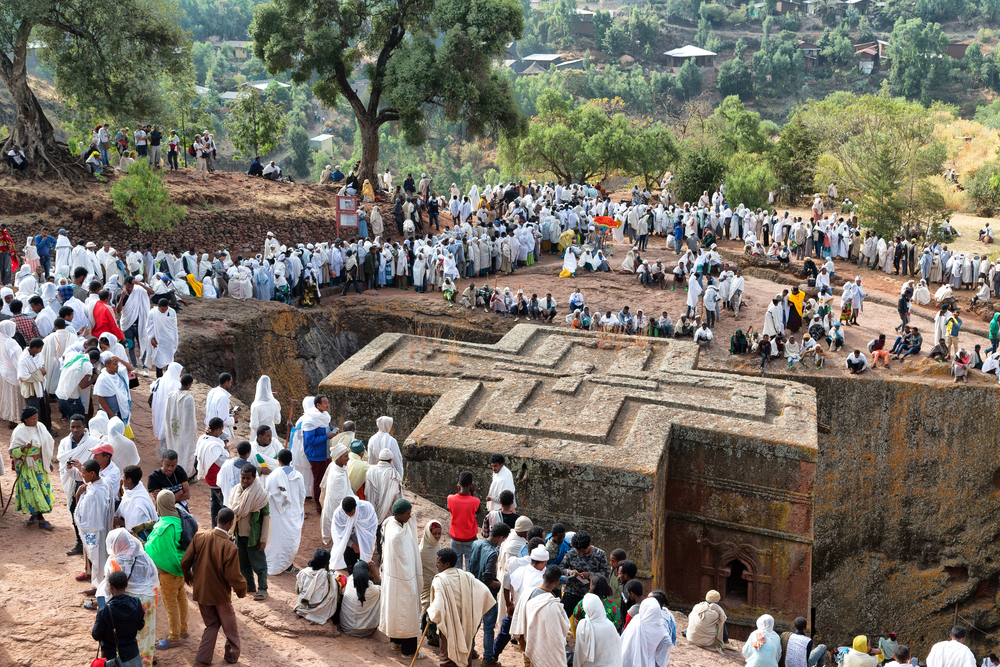
— Photo by lkpro
Ethiopia’s holy city contains eleven churches carved directly from solid volcanic rock, each excavated downward from ground level rather than built up from foundations. These aren’t cave churches adapted from natural formations—they’re architectural marvels planned and executed as complete buildings, with windows, doors, columns, and roofs all carved from single pieces of bedrock.
The Church of Saint George, carved in the shape of a perfect Greek cross, descends 40 feet below ground level and remains one of the most ambitious architectural projects ever attempted in solid stone. Pilgrims still come to Lalibela by the thousands during religious festivals, using the same passages and doorways that medieval stonemasons carved 800 years ago.
Like Travel Pug’s content? Follow us on MSN.
Hampi
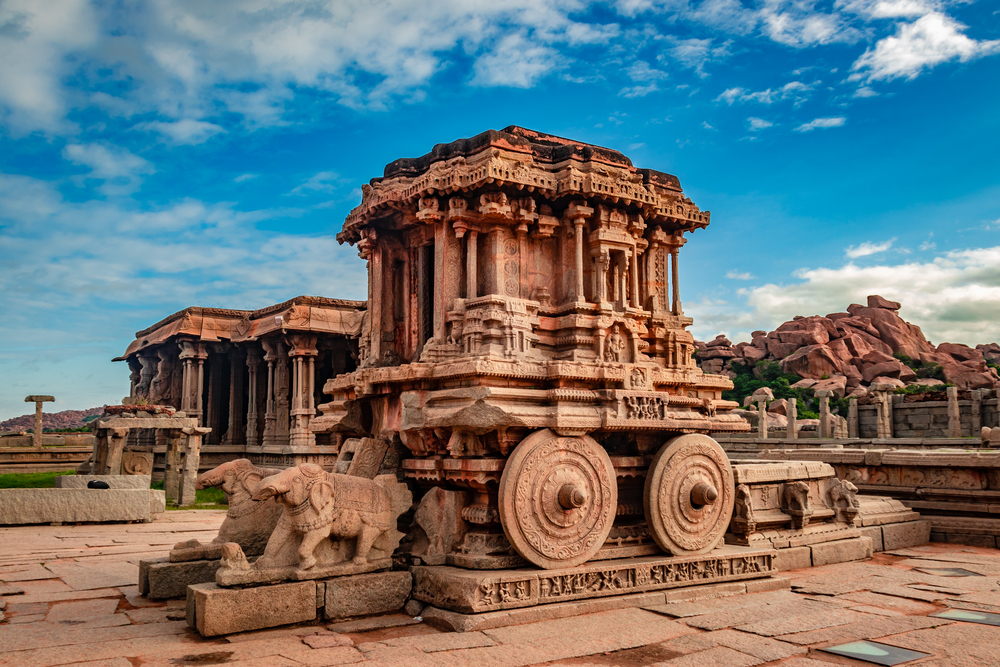
India’s ruined capital of the Vijayanagara Empire spreads across 10 square miles of boulder-strewn landscape that looks like the playground of ancient giants. The granite outcrops and massive boulders create a surreal setting for temple complexes and royal residences that once housed 500,000 people in one of the world’s largest cities.
The Vittala Temple’s stone chariot has become Hampi’s most recognizable monument, but the entire complex contains architectural marvels, including musical pillars that produce distinct tones when struck. Walking through Hampi feels like exploring a cosmic workshop where ancient architects experimented with gravity, acoustics, and sacred geometry on a massive scale.
Meteora
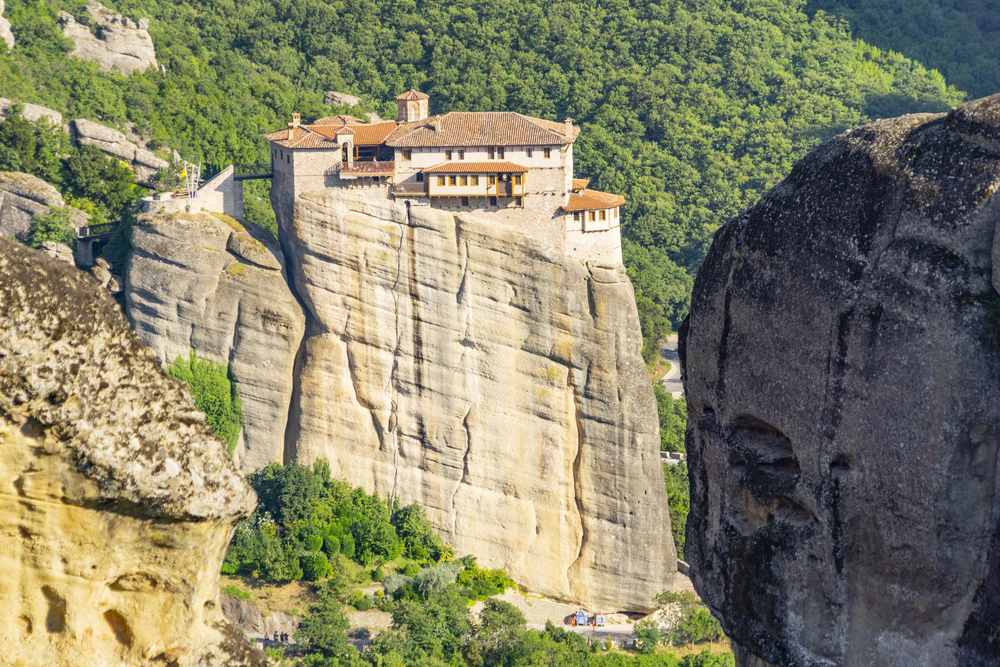
Greece’s ‘suspended in air’ monasteries perch on towering sandstone pillars that rise 1,200 feet from the Thessaly plain, creating one of the most improbable architectural achievements in human history. Medieval monks used ropes, pulleys, and sheer determination to haul building materials up these vertical cliff faces, constructing monasteries that seem to float between earth and heaven.
Six monasteries remain active today, connected to the valley floor by bridges and staircases carved into the rock faces, though historically the only access was by ladder or basket. Standing on these monastery terraces, surrounded by nothing but sky and distant mountains, provides a perspective that makes earthly concerns feel remarkably small and temporary.
Timeless Wonders in a Modern World
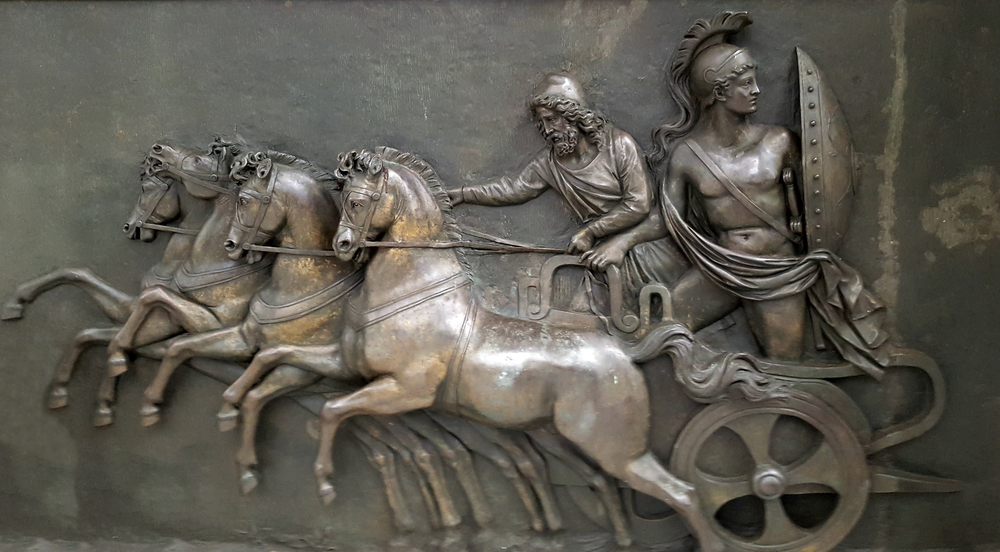
— Photo by roxanabalint
These UNESCO sites remind us that human creativity and natural forces can collaborate to produce something greater than either could achieve alone. Each location represents a different culture’s attempt to create permanent beauty in an impermanent world, whether through massive construction projects that defied contemporary technology or by recognizing and preserving natural phenomena that inspire awe.
The magic these places possess isn’t supernatural—it’s the accumulated power of human dedication, natural artistry, and time itself working together across centuries. What makes these sites truly special isn’t just their individual beauty, but their ability to connect modern visitors with the dreams and aspirations of people who lived hundreds or thousands of years ago.
In our digital age of virtual experiences and artificial environments, these physical places offer something irreplaceable: the chance to stand where others stood, to touch stones that ancient hands shaped, and to witness natural processes that have continued unchanged for millennia. They prove that some forms of magic are entirely real and entirely within human reach.
More from Travel Pug

- 20 Best Beach Towns in the Carolinas
- 13 Destinations Where Tourists Regularly Regret Their Trip
- 20 Things You Actually Get in First Class
- 20 Small Airports With Aviation Museums
- 20 Places in the U.S. That Are Perfect for a Reset Trip
Like Travel Pug’s content? Follow us on MSN.
